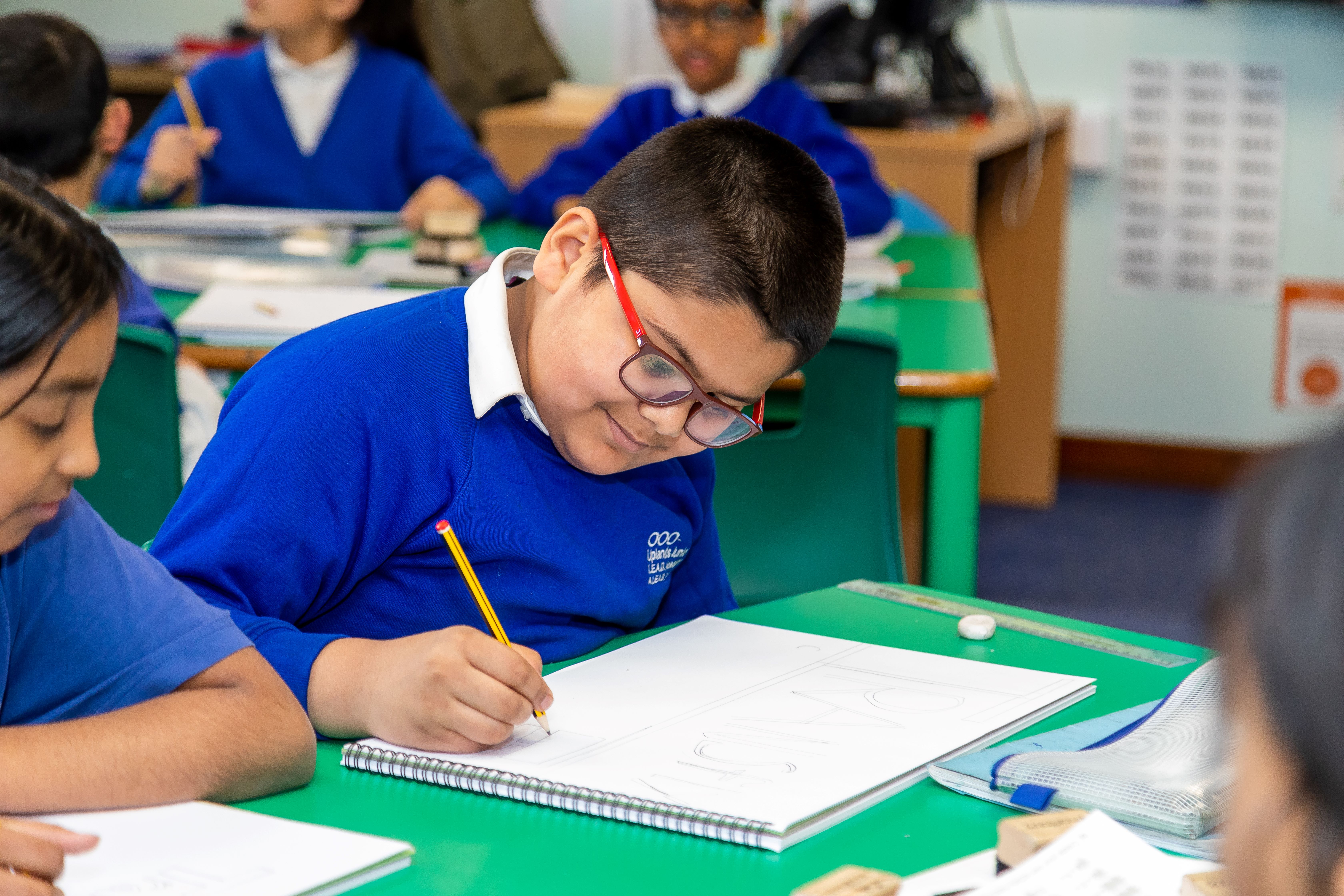
At Uplands, the writing curriculum is structured to allow children to become independent, fluent writers, communicating effectively across a range of genres and text types. The writing curriculum uses high-quality texts, allowing children to use each text as a hook for writing. By undertaking this approach, children will naturally learn different sentence structures, be exposed to high quality language, learn the difference between formal and informal language, and it develops reading fluency and comprehension skills. All children are expected to write independently in all independent writing sessions to ascertain their learning and understanding. Some writing may also be inspired by trips, film clips, visuals, or first-hand experiences.

This website encourages the children to learn their National Curriculum statutory spellings via a wealth of interactive games. Each child has a login. Stages relate to years so Stage 3 and 4 relate to years 3 and 4. Spelling words from the weeks’ No Nonsense Spelling lessons are added as an assignment to Spelling Shed so children can practice these interactively too. Links to this can be found on the Home Learning tab on the school’s website.

B-Squared – This is for children who need additional support. It is a scheme whereby children’s individual needs are met via a series of tasks and activities designed to enhance their learning quickly via repetition until they are secure.
Colourful Semantics – This is a scheme to help support children to develop grammatically correct sentences. It progresses in stages developing from 2 words up to 4+. Each part of the sentence is colour-coded to help them remember certain parts of the sentence.
Each week, we celebrate the achievements of our pupils by awarding ‘Handwriter of the week’ to a pupil who has worked very hard to improve and develop their hand writing.
Take a look at our recent winners.
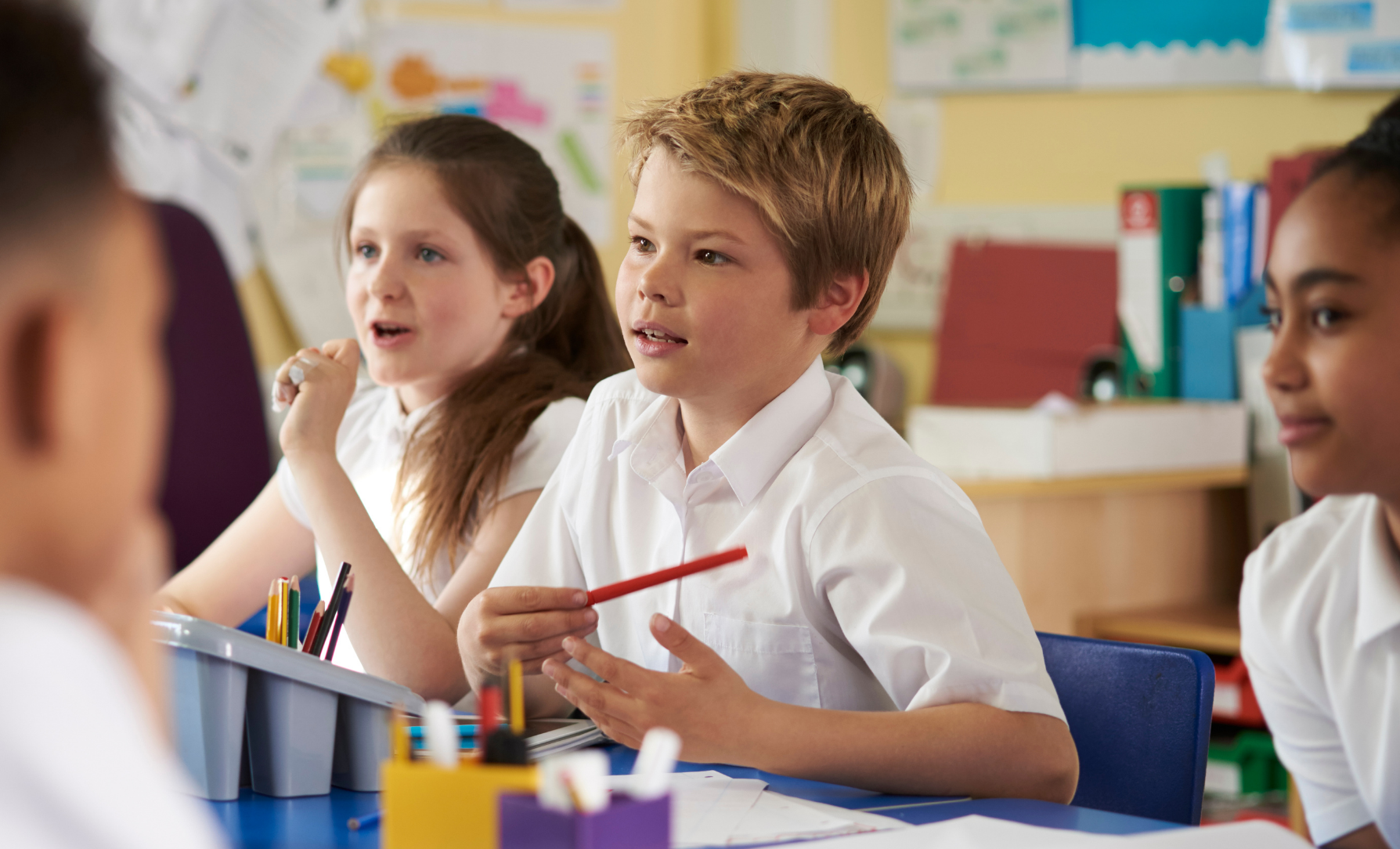
It makes us so proud to see the progress pupils make each week with their writing. Click on the link below to see examples of pupils’ published writing.
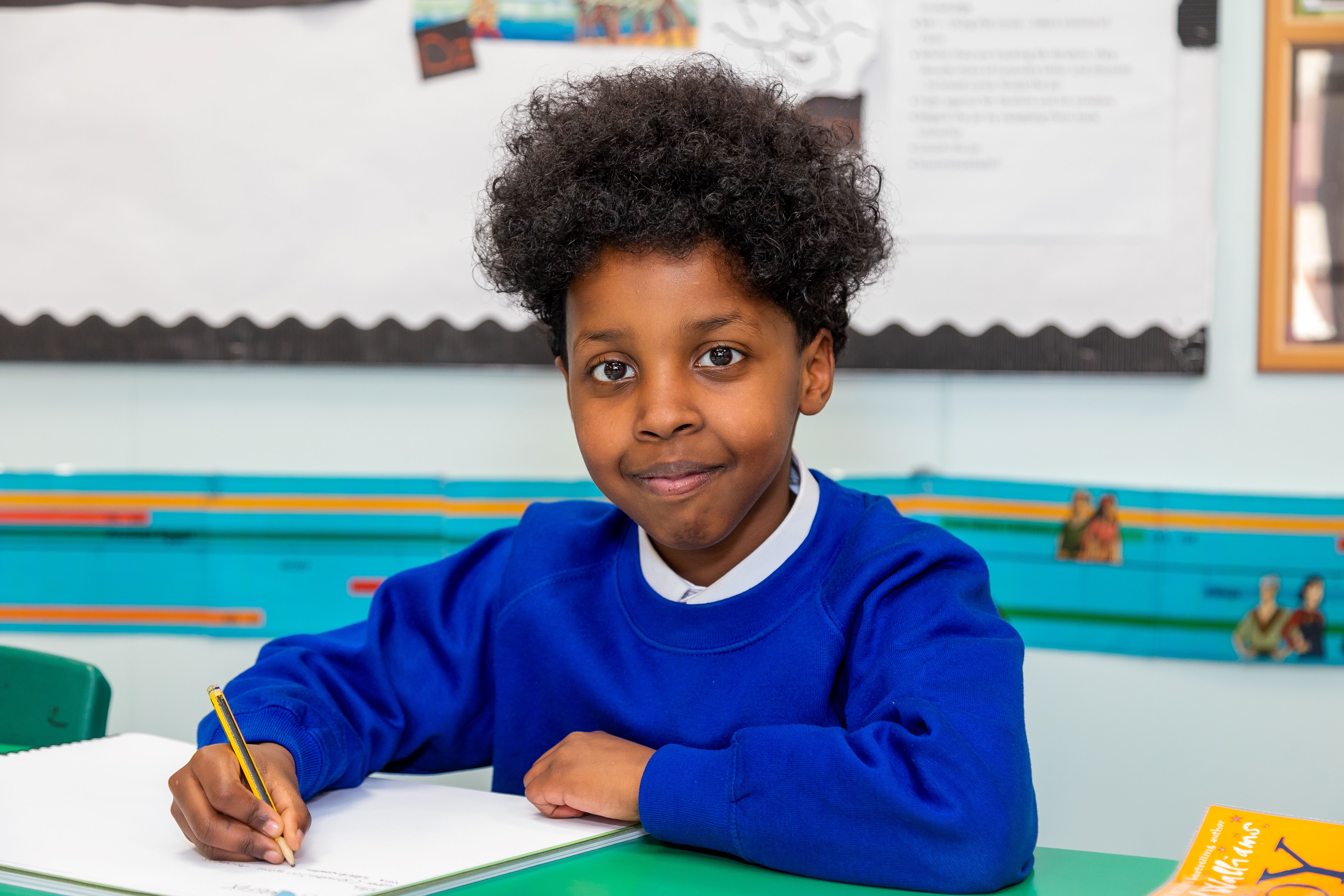
The children in Year 4 have been learning about how to write instructions. They have written and followed instructions on how to make a cheese sandwich. Their task was to ensure that the instructions included clear and detailed language such as imperative verbs, adverbs and adverbials clauses.
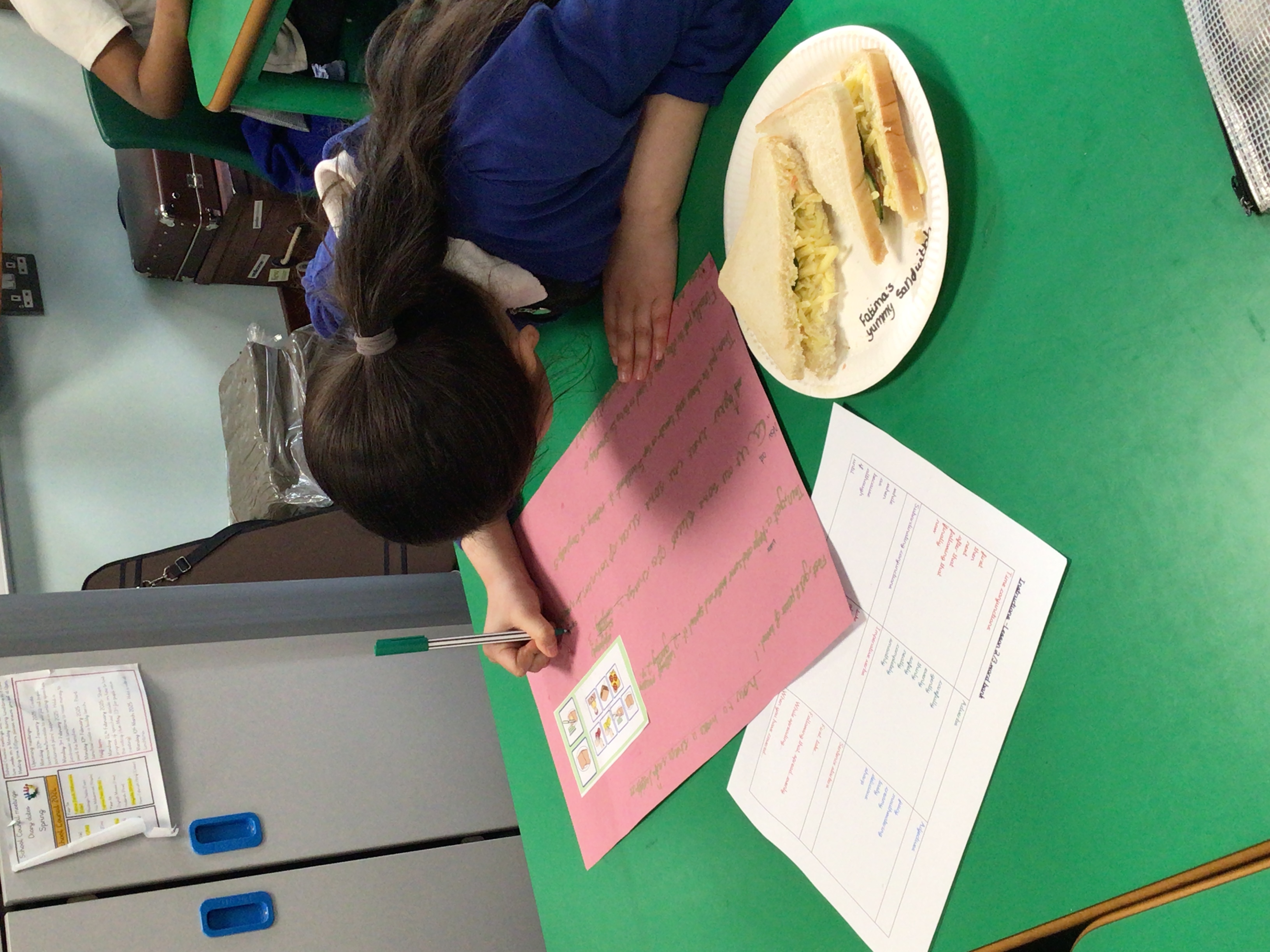
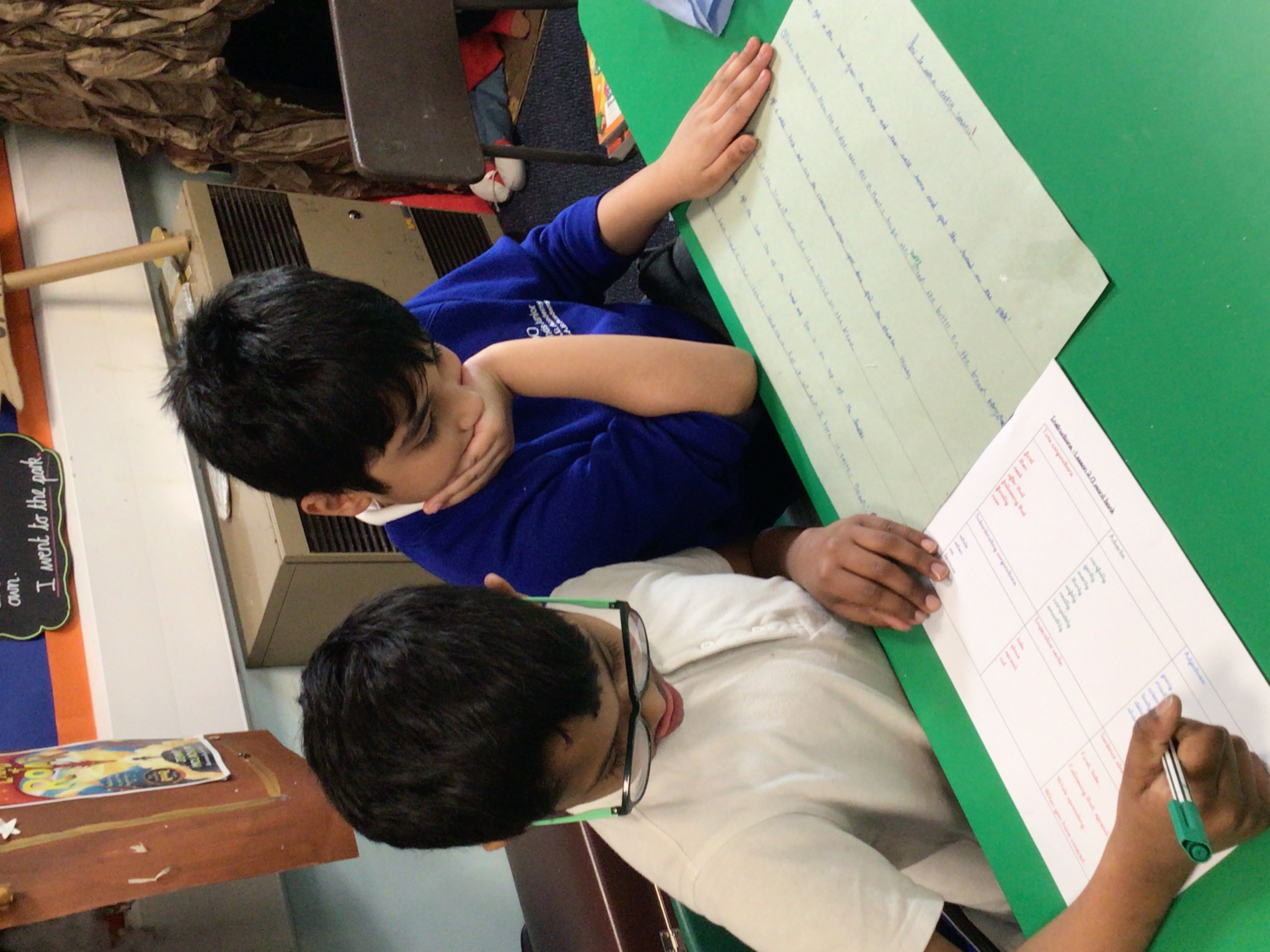
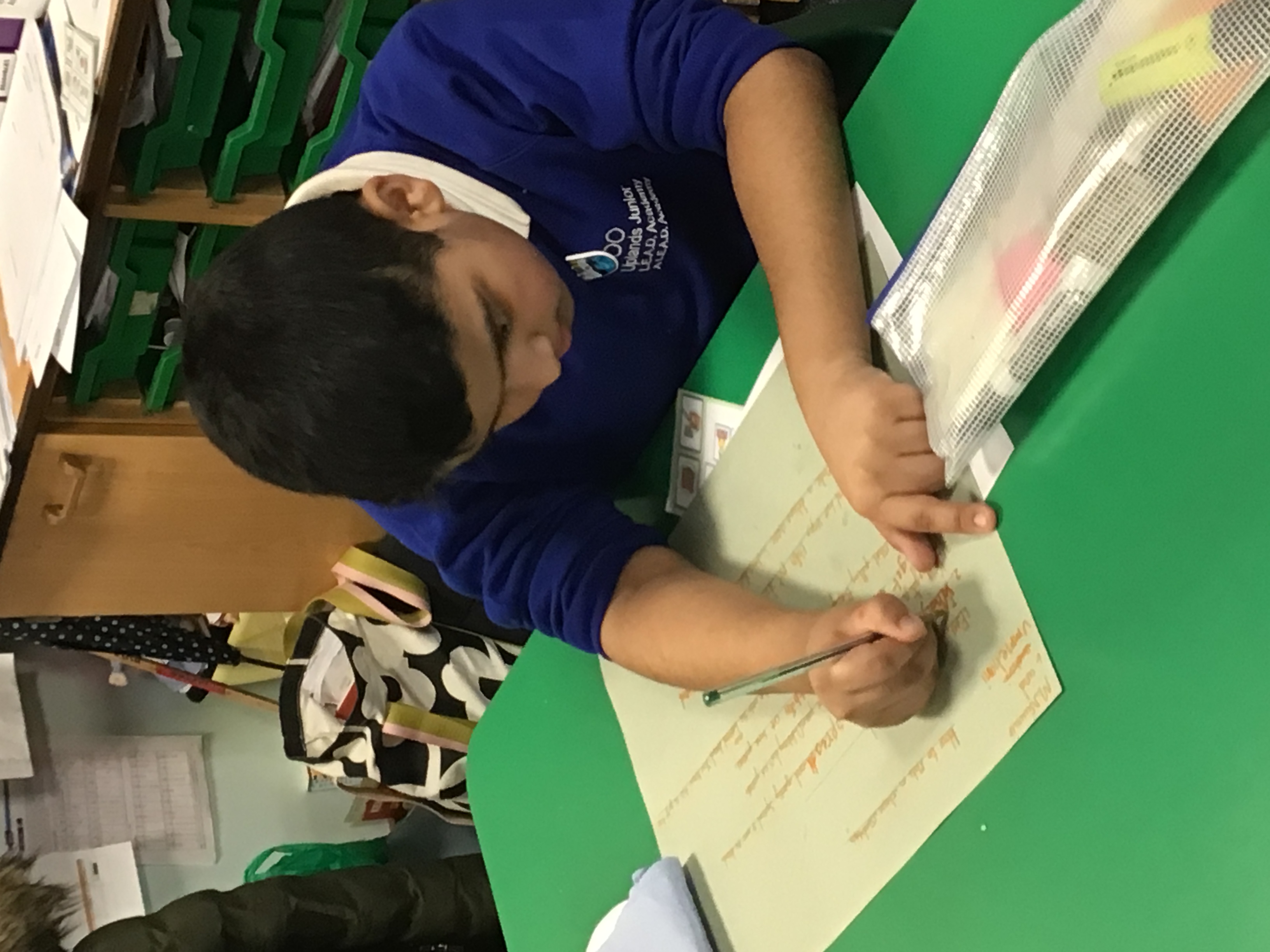
Year 5 children practising their spellings outdoors
Click the link below to read a wonderful poem, full of imagery and personification, written by Mayada in Year 5.

This week, 12 children from years 3 and 4, participated in a writing workshop led by Jo from CLS (Creative Learning Services). The children were very excited as they got to explore some fascinating objects, to help unlock their imagination. They came up with some amazing ideas as to where these objects (eggs with unusual contents inside) came from and reasons why they were here. Some children said they were brought by aliens via a portal. Others said one of the objects was a futuristic communication device. The children then wrote a short paragraph linking all these ideas together.
Here are some responses from the children at the end of the session: